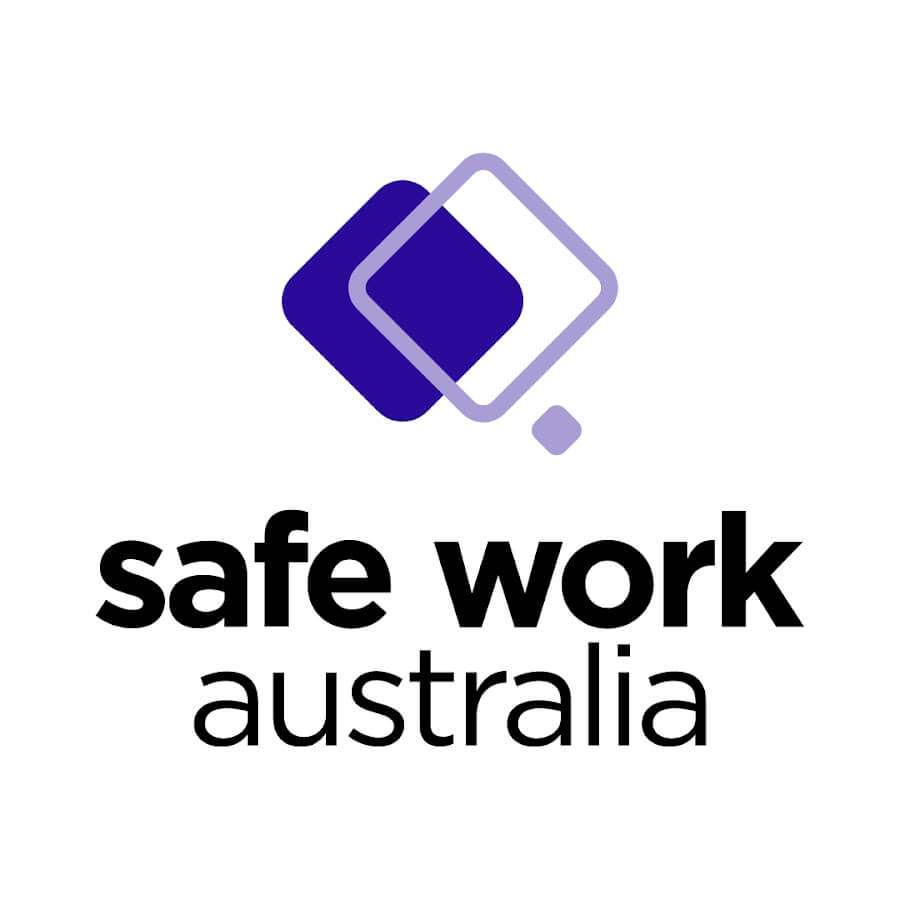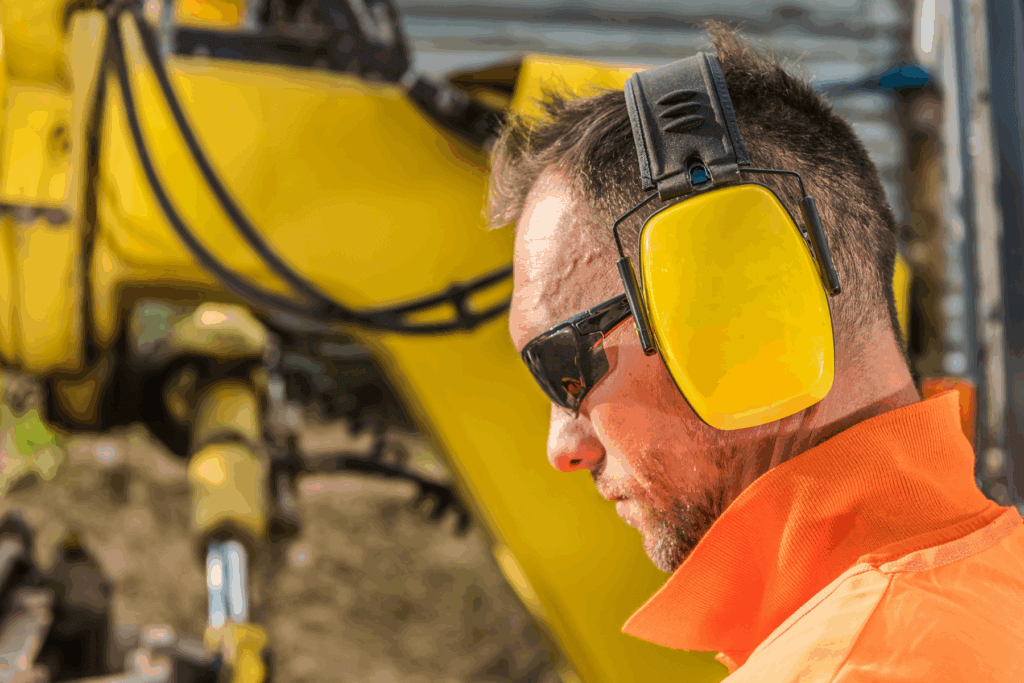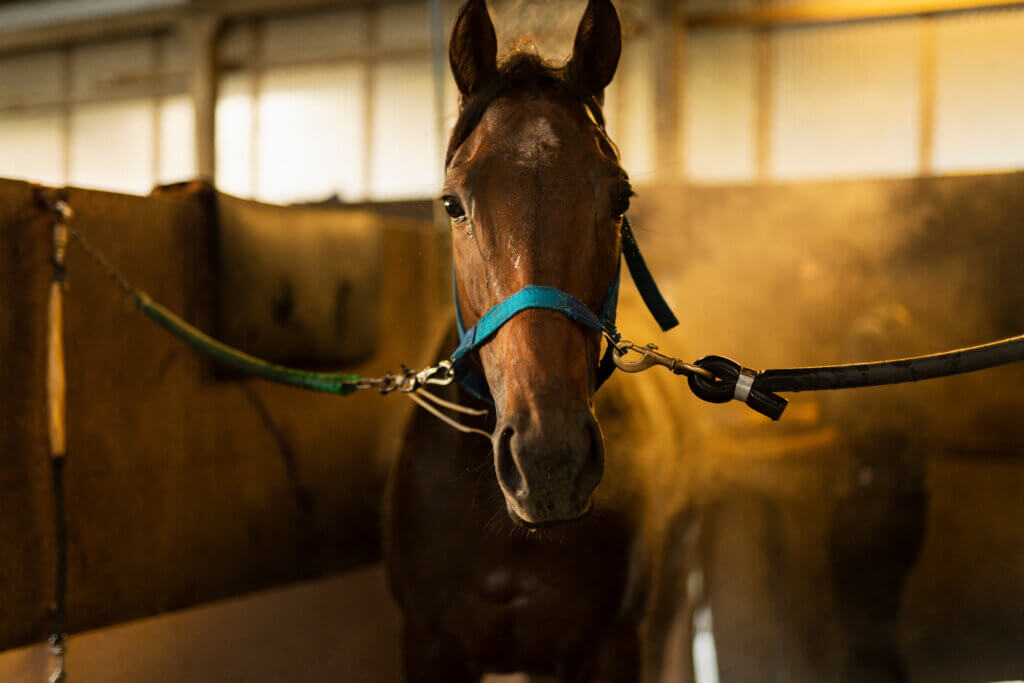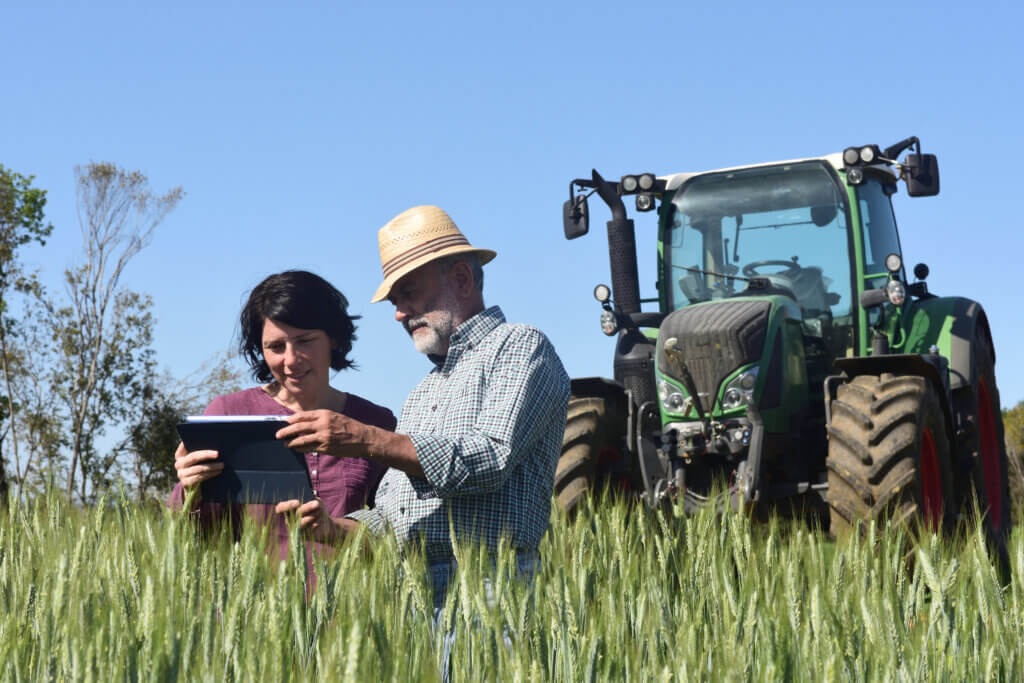What’s the fastest way to improve farm safety without breaking the bank? You guessed it, signs.
We’re not talking about reinventing the wheel. We’re talking about a WHS solution that starts at $18, takes five minutes to install, and ticks the compliance box with your safety inspector. Safety signs aren’t just affordable, they’re one of the most effective tools in your Work Health and Safety (WHS) strategy.
The WHS Legal Requirements for Australian Farms and Training Facilities
Under Australia’s Work Health and Safety Act 2011, every person conducting a business or undertaking (PCBU), that includes farm owners, training facility managers, and agri-business operators, must ensure the health and safety of workers and visitors. That includes providing them with clear safety information and warnings about potential hazards.
A sign does that.
It doesn’t rely on verbal instructions. It doesn’t depend on someone remembering the rules. It’s permanent, visible, and when designed to meet Australian Standard AS 1319 it’s legally compliant.
Signage Supports WHS Compliance and Reduces Liability
Let’s say the worst happens, someone gets injured on your property. SafeWork inspectors arrive. What are they looking for?
Evidence that you took reasonably practicable steps to prevent harm.
Having safety signs in place, particularly at workshops, PPE zones, biosecurity areas, horse handling zones, or chemical storage sheds, shows you have identified a hazard, assessed the risk and taken action. It strengthens your legal position. It provides evidence your business is implementing WHS and meeting your duty of care.
If a sign clearly warned someone and they ignored it? You’ve got a stronger case.
No sign? Now it’s your word against theirs and you may be seen as failing to meet WHS obligations.
- In Queensland, failing to display an electrical hazard sign can attract fines of up to $20,000.
- In New South Wales, a farmer was fined $30,000 after a worker was injured by a moving vehicle in an area that lacked clear hazard signage or designated walkways.
- In Victoria, WorkSafe prosecuted a property owner after a contractor entered a chemical storage shed with no signage, resulting in serious chemical exposure. The court imposed a fine of $40,000 for failing to identify and control obvious hazards.
- In South Australia, a business was penalised $25,000 for not placing appropriate warning signs near a confined space, where a worker later became trapped.
Safety Signage Is the Most Cost-Effective WHS Control
Most WHS improvements require big budgets: fencing, engineering controls, PPE, training sessions. But signage is low-cost and high-impact.
You can address common hazards with clear visual warnings across:
- Machinery sheds and workshops
- PPE zones (e.g., eye and ear protection)
- Horse zones, stables, and riding arenas
- Fuel storage and chemical sheds
- Biosecurity entry points and vehicle clean-down areas
- Training facilities and confined space zones
Signs act as an administrative control, support your WHS management plan, and reduce the need for verbal reminders making them ideal for properties with seasonal workers, contractors, or multiple visitors.
And the best part? They’re cheap.
Order Farm Safety Signs Online
Safe Industries Australia has launched a range of farm-specific and equine-specific WHS signs. Designed to meet Australian safety standards and tailored for rural and agricultural operations.
Prices start at $18 up to $45. Fast to order. Easy to install. Built to last in outdoor environments.
Browse or buy now at:
https://www.safeindustriesaustralia.com.au/safety-signs-stickers
Improve compliance. Reduce risk. Protect your team.
Safety signs are the easiest WHS upgrade you’ll ever make.




